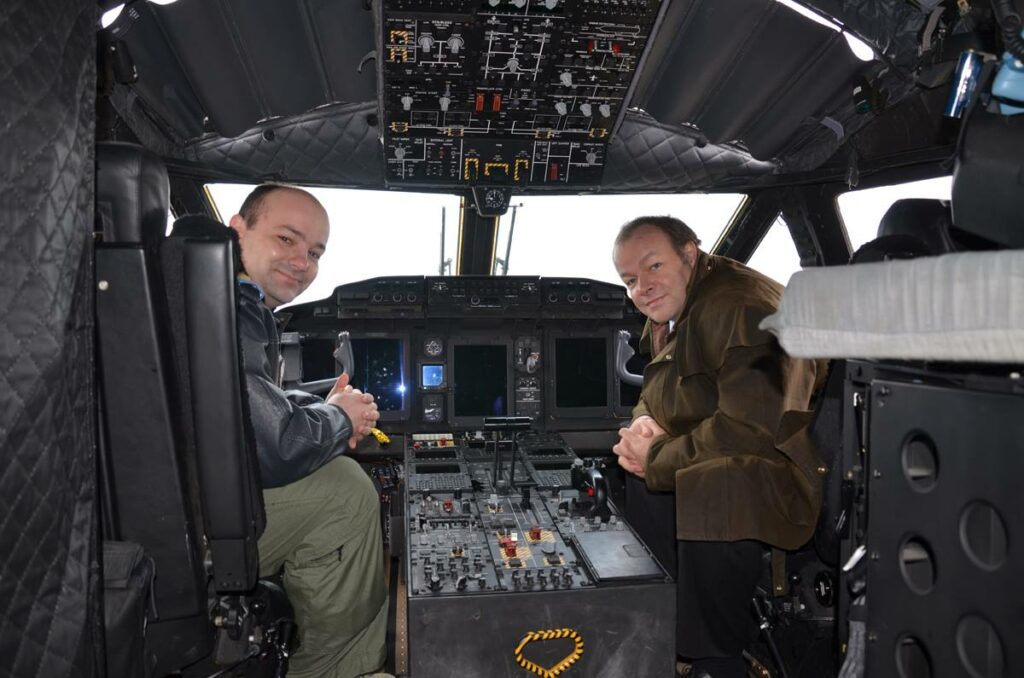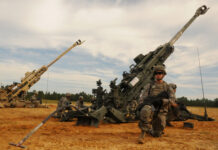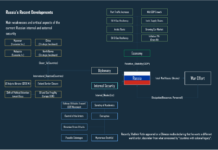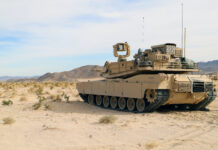The UK Ministry of Defence (MoD) announced on 18 March 2024 that, for the first time since 2021, an activity under the Treaty on Open Skies had occurred over the UK.
The event, which occurred in February, involved NATO partners France and Romania conducting three flights over two days using a Romanian Air Force Open-Skies-configured An-30 aircraft operating out of RAF Brize Norton.
The flights were co-ordinated by the UK’s Joint Arms Control Implementation Group (JACIG): a specialist defence component affiliated to UK Strategic Command’s Directorate of Overseas Bases. The MoD noted in its press release that JACIG had “co-ordinated an inbound observation mission over the UK in February to better maintain operational preparedness and preserve knowledge of Open Skies procedures” and had conducted “arms control inspection and observation duties in 23 countries in the last year”.
However, a legitimate question that could be asked of this and similar events is ‘Why are they even bothering any more?’

When the Open Skies treaty was originally signed on 24 March 1992, the Cold War had only just ended. Fifteen states had emerged from the dissolution of the Soviet Union in December 1991, while popular civil and political public discontent had seen the communist governments of the Soviet-aligned Warsaw Pact nations toppled, with the Warsaw Pact itself disbanded in February 1991.
Meanwhile, the Conventional Forces in Europe (CFE) Treaty, negotiated during the last years of the Cold War and signed in Paris on 19 November 1990, had sought to stabilise the military-geopolitical climate by establishing comprehensive limits on key categories of conventional military equipment in Europe. JACIG, established in 1990, had the mission of performing post-Cold War confidence-building measures associated with the CFE Treaty and the 1990 Vienna Document.
In 2024, however, none of this seems relevant. The Chechen Wars of December 1994 to August 1996 and 1999-2009 saw Russia breach its CFE commitments. Eventually, Russian President Vladimar Putin formally announced the suspension of Russian observance of the CFE Treaty in 2007.
Regarding Open Skies, meanwhile, US President Donald Trump announced on 21 May 2020 that the United States would be withdrawing from the treaty due to alleged Russian violations, while Russia similarly announced it would withdraw from Open Skies in January 2021.
Back in June 1998 Georgia became the 23rd state to ratify the Open Skies treaty, only to have Russian forces breach its borders in August 2008 in support of separatists in South Ossetia and Abkhazia.
More obviously, Russia’s annexation of Crimea in 2014 and invasion of Ukraine as a whole in February 2022, followed by the rest of Europe’s military support to defend Ukraine, makes the notion of arms control and confidence-building measures in Europe somewhat farcical.
Even the technology associated with Open Skies now seems redundant. All sensors used in Open Skies flights must be commercially available to all signatories, with imagery resolution limited to 30 cm: a paltry surveillance capability compared to the latest satellite-based surveillance technology.
In the final analysis, Europe in 2024 is geopolitically vastly different to what it was in the final years of the Cold War, with 28 of the current 32 Open Skies signatories now members of NATO if they weren’t already, including former neutral countries Finland and Sweden. While Belarus, on paper at least, is still an Open Skies treaty member, its alignment with Russia means that its Open Skies membership is effectively defunct.
As a result of this, the treaties of the past appear irrevocably well past their sell-by date.
Asked by ESD to comment on the current Open Skies situation and the treaty’s ongoing validity, William Alberque, Director of Strategy, Technology and Arms Control at the International Institute for Strategic Studies, stated, “The Open Skies Treaty itself has no more practical value without the US and Russia in the Treaty. Rather, it’s important that the UK retains the Joint Arms Control Implementing Group (JACIG) and maintains their interoperability with NATO partners.
“With all of the Euro-Atlantic arms control treaties in abeyance or on their way there, the arms control teams need to maintain some operational tempo and be prepared in case arms control comes back,” Alberque added. “Sadly, I do not think it will come anytime soon, and it is more likely that JACIG will continue to lose personnel alongside the losses of our arms control missions.”












